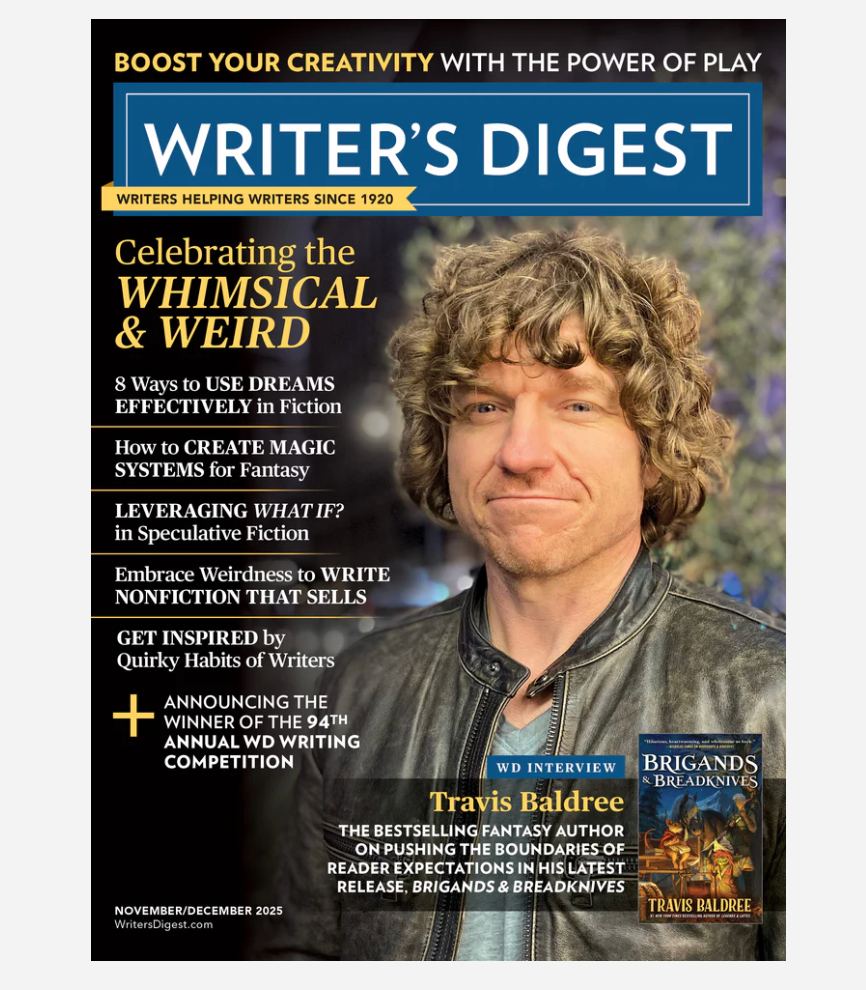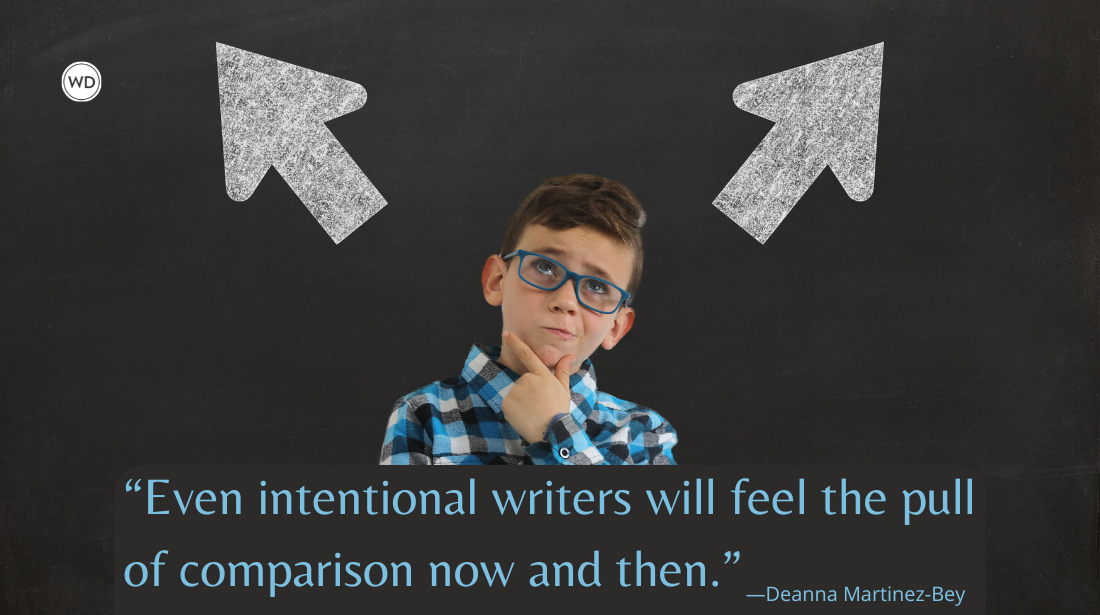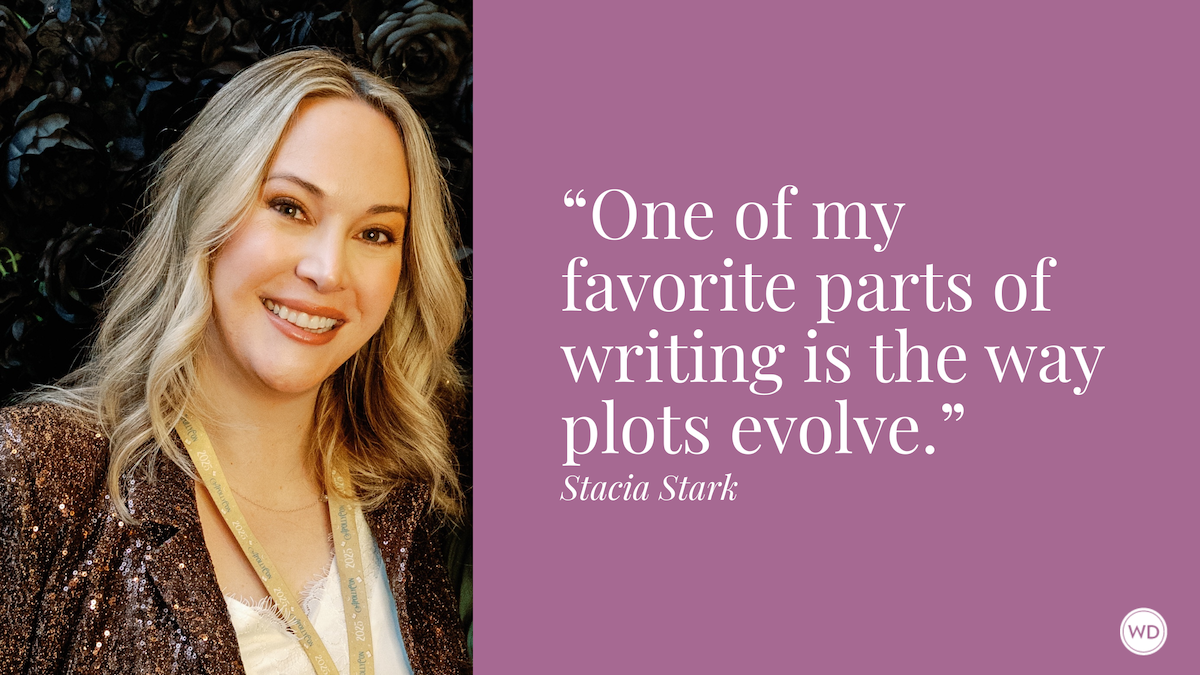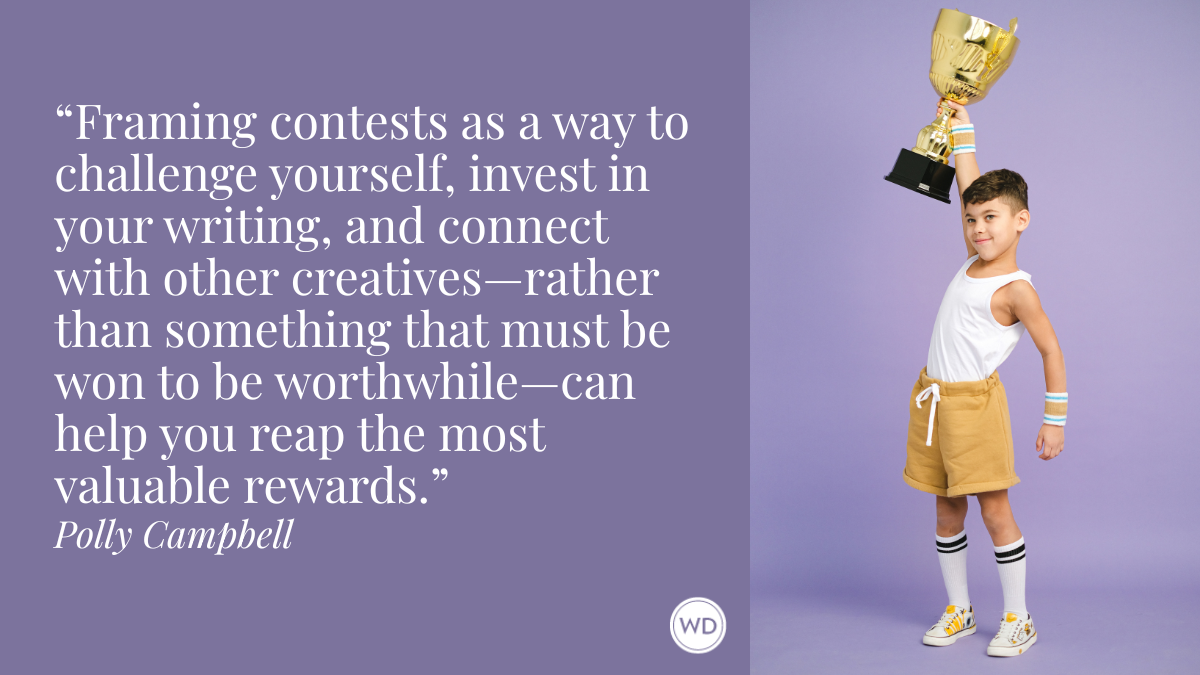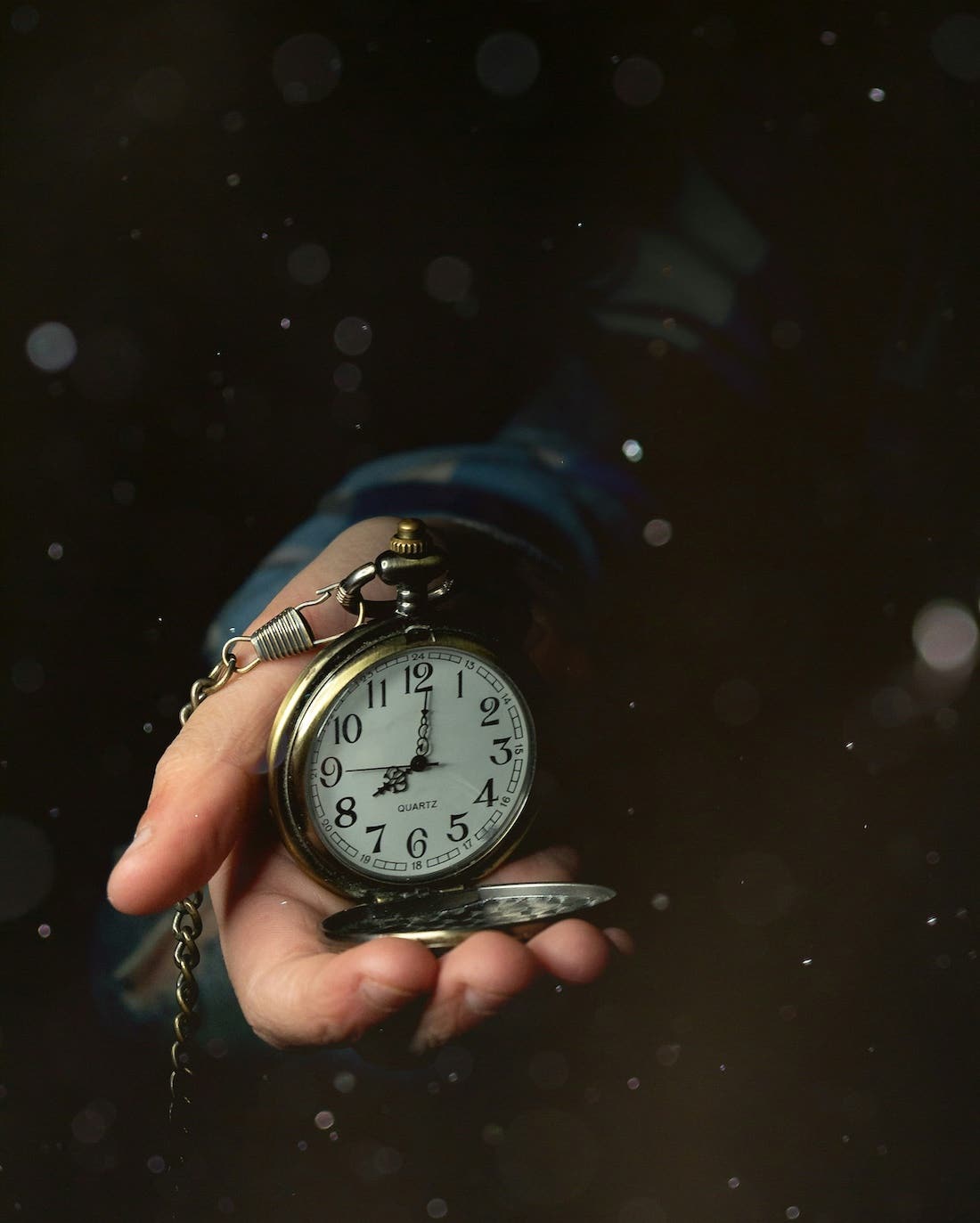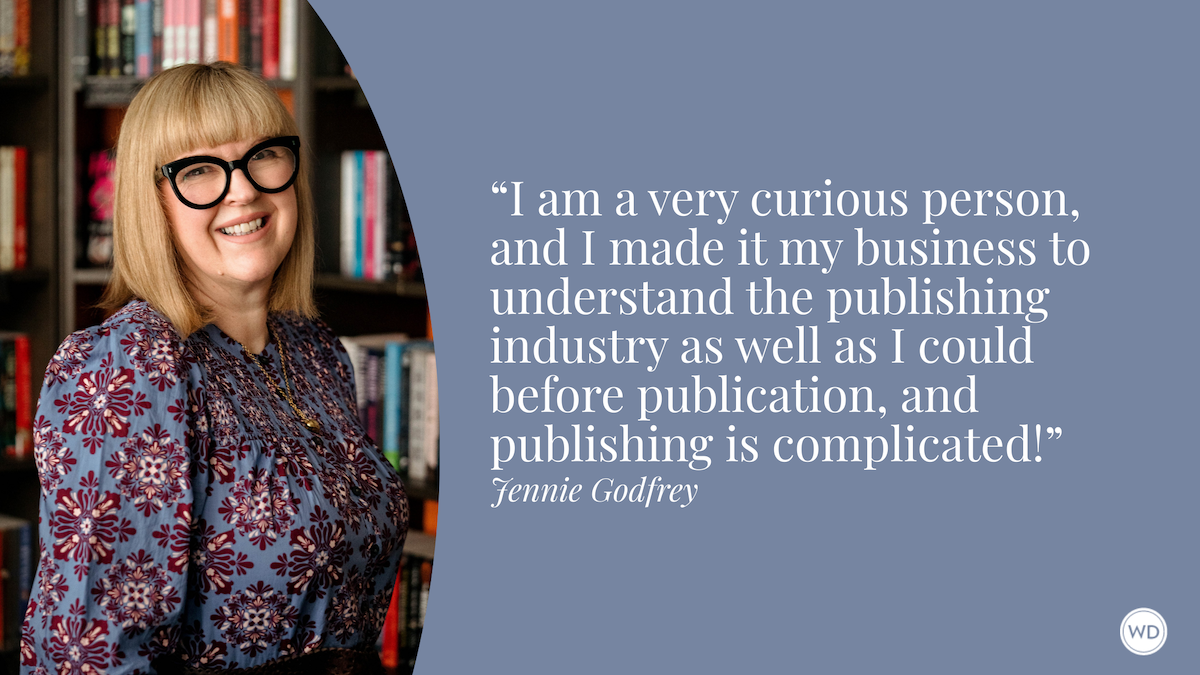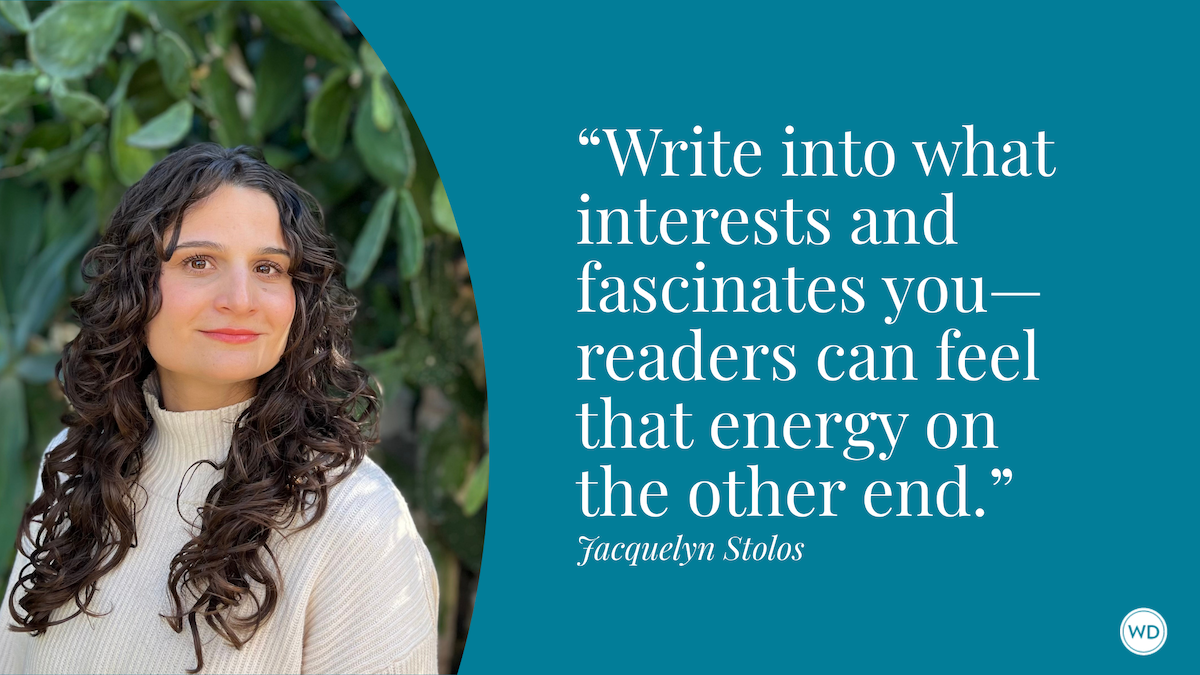How to Separate the Artist Who Succeeds From the One Who Doesn’t
Author Anna Barrington shares three things she’s noticed in artists who succeed and stick over those who don’t.
There’s something peculiarly American in how badly we want to believe in the courageous individual who conquers every challenge to win it all. The odds, we know, are terrible. Free education and a universal basic income might do the trick. But the world doesn’t give it to us; instead, we have to fight hard for success, which most would probably define as money and public recognition.
Writing my first novel, The Spectacle, I became fascinated by this romantic ideal of the hungry artist and how it dovetails with a shiny American myth of the pioneer-entrepreneur who rises to riches, partly because I myself was trying to succeed as a writer. In reality, there’s always someone else standing behind the heroic figure, pushing them up when they stagger.
In The Spectacle, Ingrid, an assistant, acquires power in selecting hot new artists for her boss’s gallery, though she longs for fame herself. She gets a masochistic thrill out of watching her painter friend Simone blaze into celebrity while her own dream withers. We often get stable jobs tangentially associated with the creative work we really crave, only to be taken further and further away from that beautiful promise.
Working in the art world in my 20s, I saw dozens of artists flash into sudden fame, like a supernova, before disappearing into the ether. Hundreds more tried for applications that were rejected. Only a few achieved that steady recognition, let alone a historic stardom, which all artists secretly hope for. What is that spark, like a match igniting, that makes someone’s work unforgettable? Does the meritocracy really exist? The waters of class, gender, and race are muddy; but for an artist, it’s not always helpful to dwell on them. What powers can we give ourselves for the best chance, regardless of life’s quicksand? Here are three things I saw in the artists who succeeded.
Talent
At the beginning of The Odyssey, Homer prays to the elusive muse of poetry to make his tale come alive. He is only a vessel for genius; she is the one singing, he tells us.
Similarly, in Blonde, Joyce Carol Oates’ postmodern masterpiece, the Playwright urges his brilliant but fragile actress wife to ‘retain the edge of something raw and unexplored in your character … What if a hummingbird becomes conscious of its beating wings, could it fly? If we become conscious of every word, could we speak?’
The greatest artists I’ve known explore creation as an act of play, instinct, and even blindness through which the unconscious can speak. This is a hard task in a world structured around tight schedules and computerized data, which plague our conscious selves with insecurity. Doubt pushes us down, telling us this line, this plot, this brushstroke is not right. This can be helpful in perfecting a work. But we often forget, in rigid day jobs, how the unconscious is constantly at work, absorbing our memories to create an emotional response to our time.
Art, books, and movies are essentially social in that they rely on a shared network of cultural references with the reader; it’s a delight to recognize your deep-seated fears and hopes in a favorite book. I firmly believe that you must set your unconscious free to produce the most fiery and creative work. But it is also true, as Nietzsche says, that artistic originality can only occur after deep study. Seek out the muse and sharpen your instincts: by looking and reading widely, not just in your given genre but in every possible discipline that might connect to it: art, religion, psychology, forensic textbooks to learn about crime if you’re writing a thriller, tabloids. The search can be illogical; trust your gut.
Self-promotion
The work is what counts. To achieve success for most people, however, requires a whole separate field of external striving, because we depend on an industry of people to put our work in the public eye. The successful artist has connections or gets them by relentlessly seeking them out.
The people I knew insinuated themselves into the art world, either by acquiring mentors through MFA programs, or by nurturing useful friendships for years in hopes of an eventual benefit. They showed their work online, to possible clients, asked for favors, messaged people on Instagram, and visited the gallerists in person (once they knew them) to strike up a good relationship.
A lucky break often comes from being inside a community: other writers, artists, editors, journalists, or agents who like you and want to help.
Time & Discipline
It’s not all talent and ruthless self-promotion, though these can get you very far. Those artists I mentioned earlier who flared out early? Often, they had some combination of talent, luck, and self-promotion, but they weren’t able to fission it together with the uranium of time-discipline to ascend to the next level.
I understand: You get home exhausted and want to kick your feet up and watch The Real Housewives. Me too. Most of us have to slave away our daylight hours in order to produce our most precious stuff in the silent darkness. Unfortunately, being a workhorse is the only thing that creates lasting success for most people.
Mold your life around your project. Read two to four hours a day to build that base structure of knowledge, and write, write, write every day. Complete the project, then the next project, and keep sending it out. Cut out everything else to give birth to these babies. That means not going to that dinner, not trying to get that promotion, leaving nights and weekends to write, and carving out extra time—from your work, your family, your hobbies—to dream about what the next project should be.
This is your life. Now do it.


